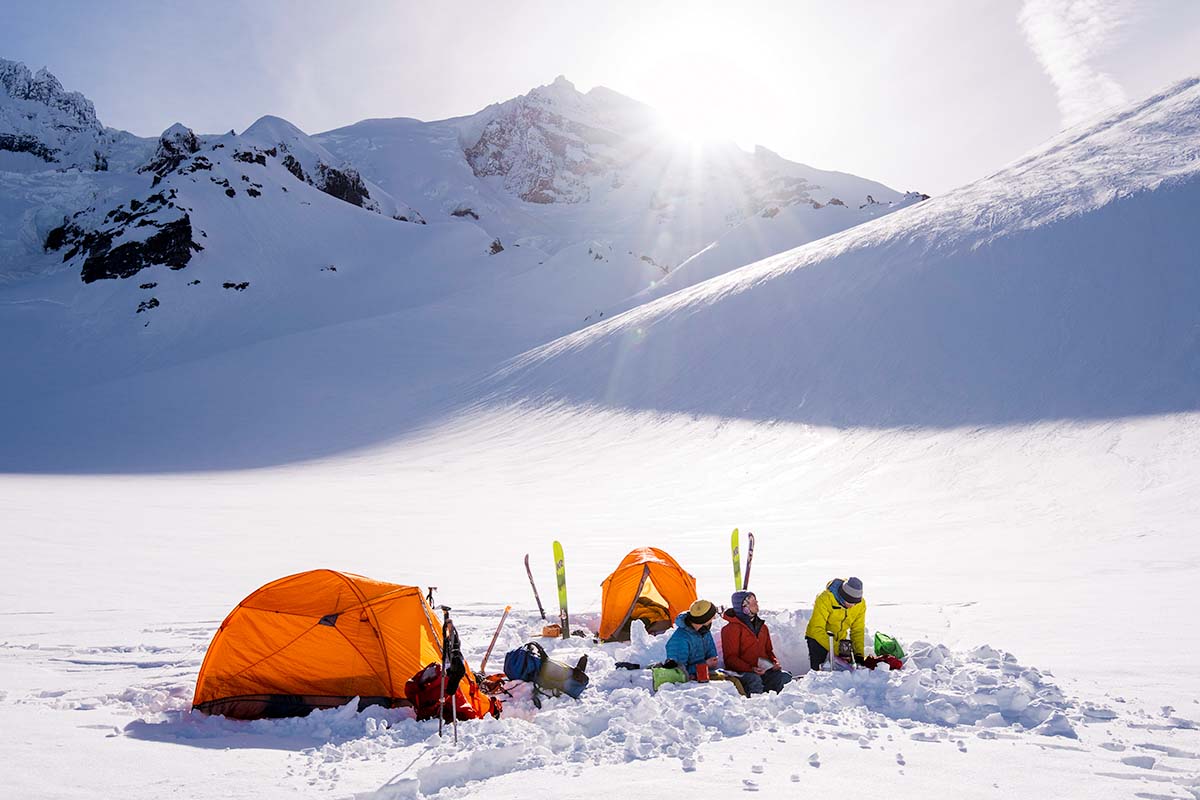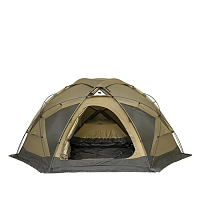Cart
7 Layering Techniques for Maximum Warmth in Winter Camping
Winter camping can be a thrilling adventure, but staying warm is crucial for a comfortable and enjoyable experience. Layering your clothing appropriately is the key to retaining body heat and maximizing warmth in cold weather conditions. In this article, we will explore seven layering techniques that will help you stay cozy and insulated during your winter camping trips.

1.Base Layer: The Foundation of Warmth
2.Mid-Layer: Trapping the Heat
3.Shell Layer: Protection from the Elements
4.Neck and Head Protection: Sealing in Warmth
5.Hand and Foot Insulation: Keeping Extremities Warm
6.Ventilation and Temperature Regulation
7.Proper Fit and Adjustments
Conclusion
Mastering the art of layering is essential for maximizing warmth during winter camping. By following these seven layering techniques, including a moisture-wicking base layer, insulating mid-layer, protective shell layer, neck and head protection, hand and foot insulation, ventilation options, and proper fit adjustments, you'll be well-equipped to stay cozy and comfortable in even the coldest of winter conditions. Enjoy your winter camping adventures with confidence and warmth!
- Contact Us
-

About Pomoly
Pomoly is a leading camping brand specializing in hot tents and tent stoves. We are camping life explorer, Follow Page / Join Group, let's make camping enjoyful together!
Working Hours
Mon-Fri, 09:00 - 17:00

- Company Info
- NEWS
- About us
- Pomoly Name
- Leave-No-Trace
- Contact Now
- Facebook Group
- YouTube Learning
- Contact Us
- Topic Collections
- Policies & Terms
- Payment Policy
- Shipping Policy
- Return & Refund
- Privacy Policy
- Terms of Use
- Tax Policy
- Website Disclaimer
- Safety Disclaimer
- Warranty Policy
- Promotion Policy
- Pre-order Policy
- INTELLECTUAL PROPERTY RIGHTS
- Dealers Agreement And Terms
- Become Affiliate
- User Center
- Forget Password
- My Orders
- Tracking Order
- My Account
- Register
- Popular Searches
-
Tipi Tents Dome Tents Camping Tent Hammock Stove Camping Camping Pellet Stove Circle 6 Titanium Water TankDome X Locomotive 20 LEO 2 camping tent T-Brick 2.0 T1 2.0 tent stove Dweller wood stove Oroqen 2.0 Chimney Water Tank Lumberjack STOVEHUT Bromance 70 Tipi Pomoly Coupon Baker Oven Stove Titanium elbow Fire Pits Tent Stove titanium Stove Outdoor Pellet Stove
keebon pellet stove






